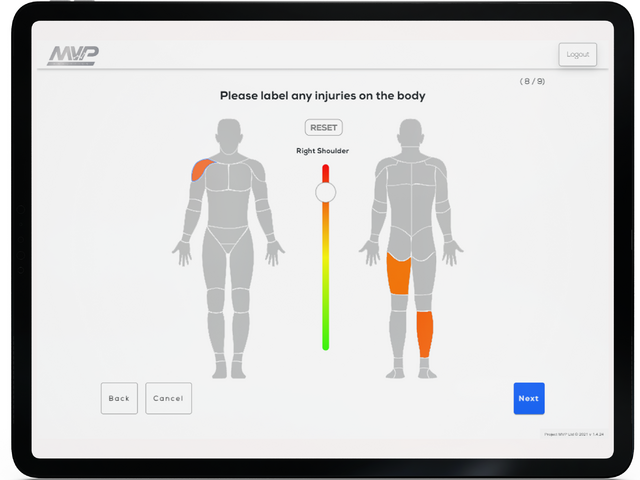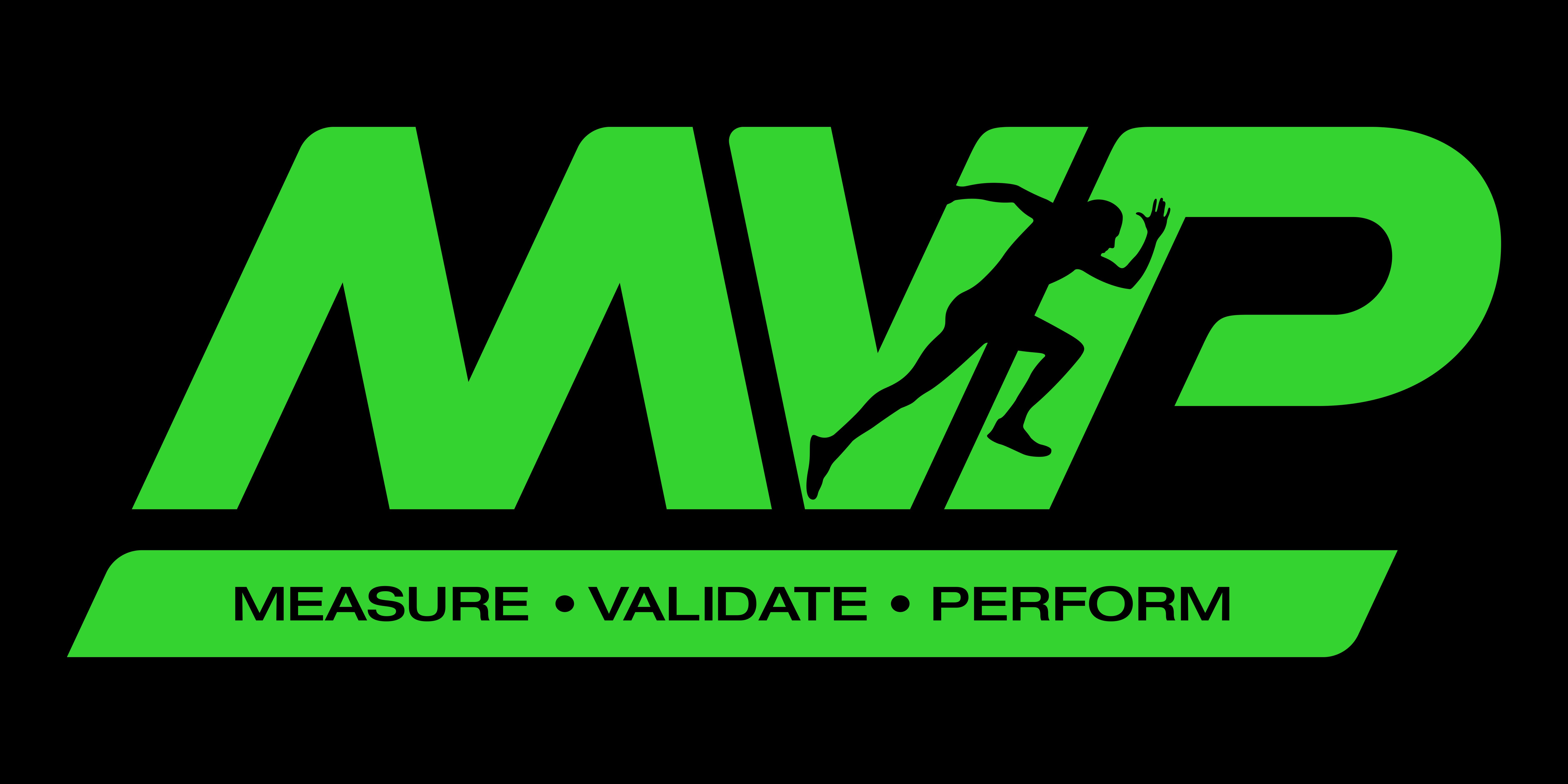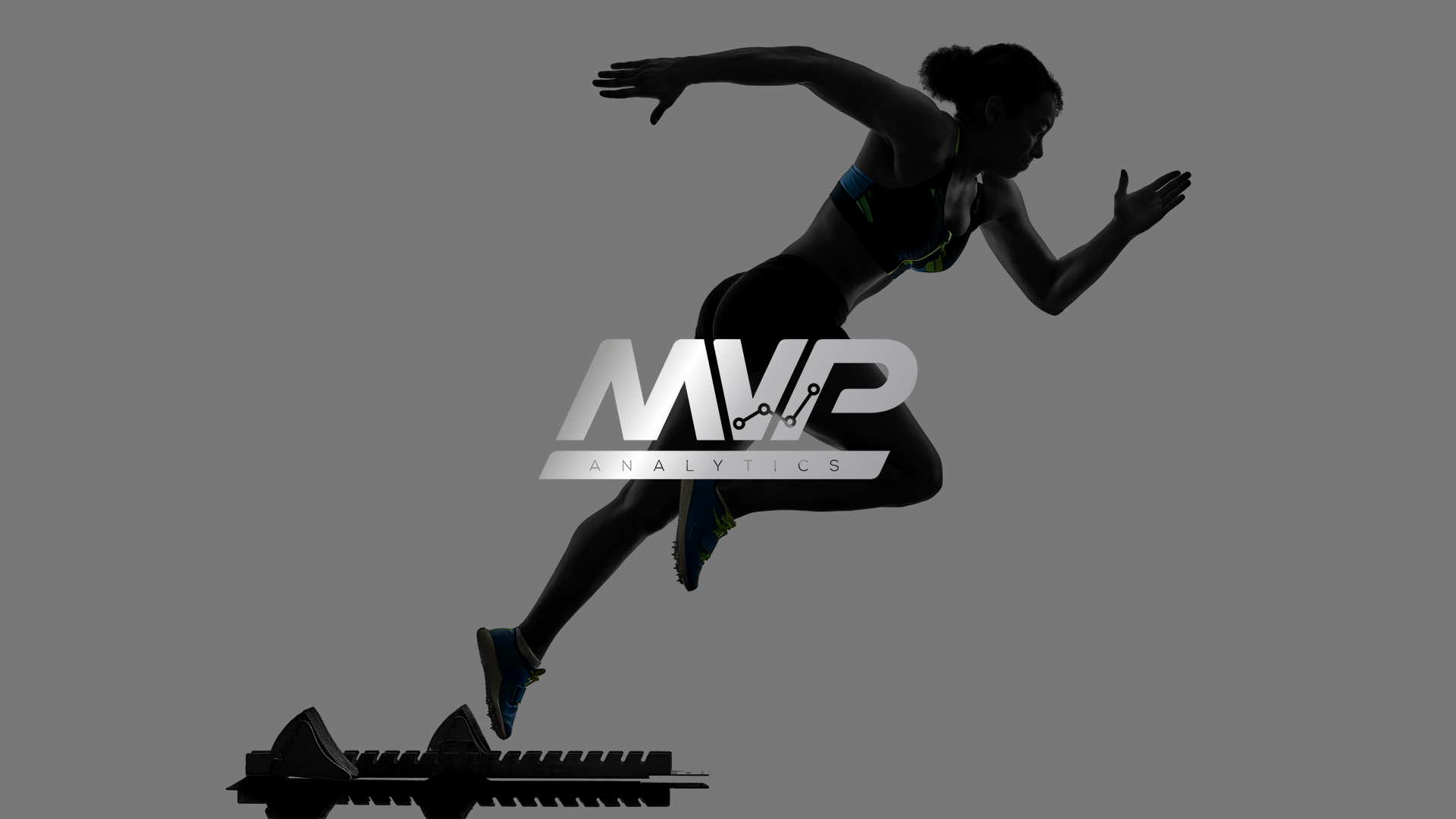Understanding Biological Age Estimation through Literature
Biological age estimation is a crucial aspect of sports science, offering insights into an athlete's developmental stage and aiding in talent identification and training strategies. The calculation of biological age relies on aggregated data from various studies, as discussed in a review paper by Abbassi, forming the basis for estimating an individual's growth and maturation.
The review paper aggregates data from four studies focusing on the growth and maturation of children in Europe and North America. It's important to note that these studies primarily involve individuals of Caucasian ethnicity. The key findings of this literature include the average age at peak height velocity (PHV) for males and females, approximately 13.37 years and 11.29 years, respectively.
Calculation methods involve establishing an 'expected age at PHV' by considering the average age and standard deviations derived from these studies. Lower and upper bound estimates are then determined by subtracting and adding the standard deviation from the expected age at PHV, respectively.

Figure 1: MVP’s - Maturation Bar Graph
- MVP analytics can generate predicted adult height (PAH) and %PAH for all youth athletes using the Khamis-Roche equation
- Additionally, we can calculate biological age to give you an accurate overview of how mature your athletes are. From this, we derive development status, which lets you know how mature an athlete is compared to their peers
Why is this useful?
- Make alterations to training sessions or programmes based on maturation data. E.g. athletes who are experiencing peak height velocity (PHV) are more at risk of overuse injuries and therefore you may reduce their training load.
- Bio-banding for training or competition. Form athlete groups based on biological age rather than chronological age to see a more fair comparison.
- PAH can be used for potential position changes in sports which have specific positional anthropometric requirements
Using collected measurements, an athlete's actual PHV is compared with the expected value. For instance, if an athlete's assessed PHV is lower than the lower bound estimate, they are classified as an early developer. Conversely, if their predicted PHV exceeds the upper bound estimate, they're identified as a late developer. Those falling between the lower and upper bounds are considered on-time developers.
The process of calculating biological age involves comparing an athlete's chronological age, PHV, and the average age of PHV for their gender. This comparison determines how far an athlete is from their expected PHV. For example:
- Jimmy, aged 11.0 with an assessed PHV of -1.2, is 1.17 years older than expected, making his biological age 12.17 years.
- Conversely, Clarissa, aged 14 with a PHV of 1.5, is biologically 12.79 years, indicating she's younger than her chronological age based on her development stage.

Figure 2: MVP Screenshot, Biological Age
- Quickly and easily see how many and who the Early, On-Time, and Late developers are.
Why is this useful?
- Easily form your development status-based groups, so you're aware of who might be performing well purely because they are benefitting from the relative age effect (RAE) or because they are more developed than their peers.
The system uses 'Real Age' and 'Biological Age' categories, allowing athletes to be compared against their real-age peers and biologically matched peers. This comparative analysis helps in understanding an athlete's developmental stage relative to their peers. For instance:
- A late developer may score better against biologically matched peers than against their age-matched peers, indicating potential for future growth.
- An early developer might excel against younger peers but perform less impressively against biologically matched peers, suggesting others may catch up.
- An athlete showing proficiency against both age and biologically-matched peers signifies exceptional potential and athleticism.
Biological age estimation provides a comprehensive view of an athlete's developmental stage, aiding coaches in optimizing training strategies and identifying exceptional talents.
To conclude:
Misjudging an athlete's biological age can lead to detrimental consequences in their training and development. Overestimating or underestimating an athlete's biological age may result in misaligned training programs, potentially pushing individuals beyond their physical capabilities or holding them back from reaching their full potential. Inaccurate assessments might lead to premature specialization, increasing the risk of overuse injuries due to training intensity mismatched with the athlete's developmental stage. It can also impact an athlete's psychological well-being, creating undue pressure or unrealistic expectations. Furthermore, misjudging biological age may hinder talent identification, overlooking individuals with significant growth potential or prematurely promoting those who might not be developmentally ready for certain levels of competition. Hence, the repercussions of incorrectly estimating biological age reverberate through an athlete's physical, mental, and overall developmental aspects, underscoring the importance of precise assessments in sports science.
Thanks for taking the time to read our blog, was this information useful?
Do you have any suggestions for future blogs?
Would you like to discuss our software and performance testing days?
If the answer to any of the above questions is yes, please contact Matthew Clement at matthew@projectmvp.co.uk
#BiologicalAge #AthleteDevelopment #SportsScience #TrainingPrograms #InjuryPrevention #TalentIdentification #AthleteHealth #TrainingMismatch #YouthSports #AthleteWellbeing #SportsInjuries #AthletePotential #PerformanceDevelopment #TrainingAssessments #AthletePsychology #SportsTrainingErrors #SportsPerformance #AthleteMismanagement #AthleteAssessments #SportsInaccuracies





